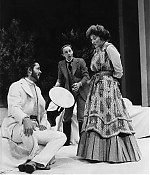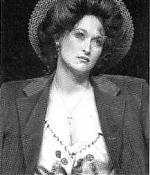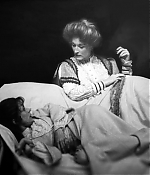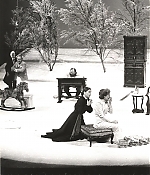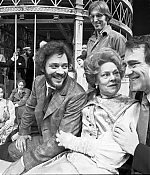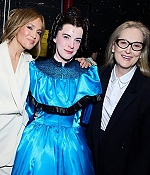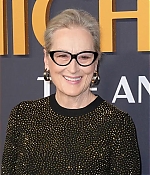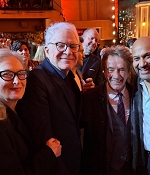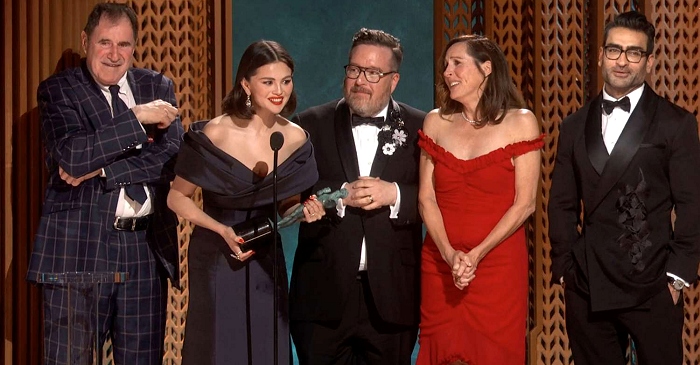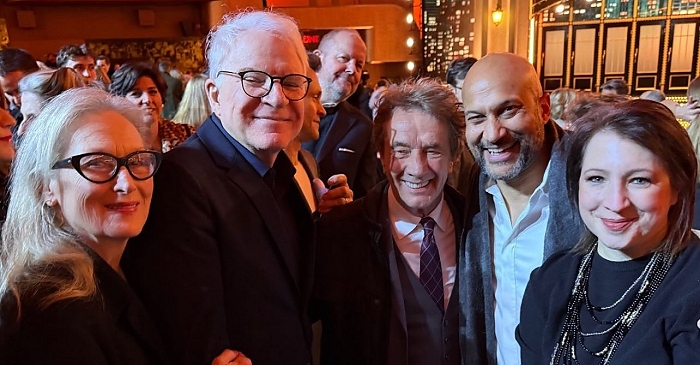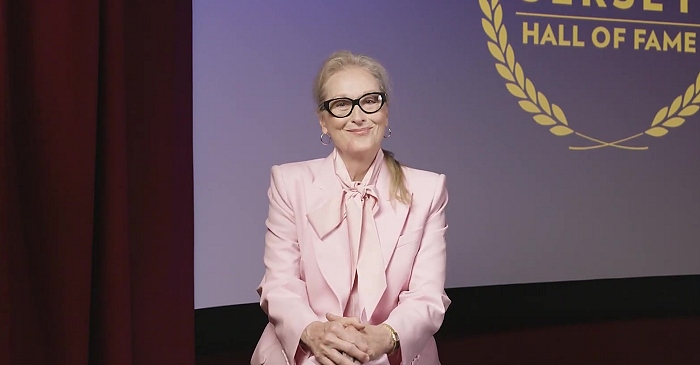
The Cherry Orchard
February 17, 1977 - April 10, 1977
· The Vivian Beaumont Theatre
|
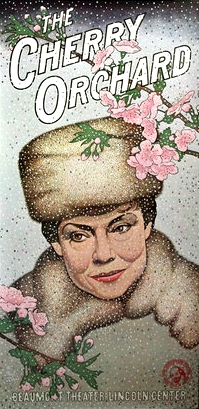
Andrei Serban’s first production of “The Cherry Orchard” at Lincoln Center, New York, in 1977 met controversial response of high-brow N. Y. intellectuals. Serban’s treatment of Chekhov’s comedy was largely based on critical remarks made by Meyerhold on Stanislavsky’s famous production of 1904. Chekhov called his play “a comedy”, not a drama. The sets in Serban’s production called up the memories of the frozen beauty of white cherry trees against the background of white Russian sky, memories of women in white dresses and white nurseries with fragile toys scattered all over the floor. In contrast with traditional melancholy of the closing scene of Ranevskaya’s departure, Serban fills the stage with fresh energy. Ranevskaya leaves her house with determination, only for a second stopping to savor the sweet memories of childhood. Ranevskaya is circling the room with increasing swiftness, as though collecting energy for taking a new start in life.
If actors were just reproducing an author’s idea, there would be no reason for critics reviewing different ways of presenting them. What I want from the theater is the kind of thing that you get watching a great actress like Irene Worth. She makes me feel good to be alive. She makes me understand so well the particular person she plays that it makes me more interested in the people sitting around me. And that makes you understand your own humanity. You look into motives – yours, those of others. I once stood in a museam before a painting of Elizabeth I of England and looked her full in the face for ten minutes. Besides Lord Essex and a few others, I bet nobody was allowed to stare at her like that in her time. In the theater, wer’re allowed to stare at people. It’s like painting a portrait. When it comes off, it’s a thrill! (Meryl Streep, Seventeen Magazine, February 1977)
Nominated for 5 Tony Awards, including Most Innovative Production of a Revival, Best Scenic Design and Best Actress in a Play (Irene Worth), winning two for Best Costume Design (Santo Loquasto) and Best Lighting Design (Jennifer Tipton). Both Loquasto and Tipton received Drama Desk Awards for their work with Irene Worth winning Outstanding Actress in a Play.
Where does one start-of course, with Irene Worth, as Madame Ranevskaya, who was peerless among her set of peers. The range and cadences of her voice have the serenity of accepted sadness, and she moves across the stage as if it were the living room of her heart. The others all sensitively grasped the intense physicality of the production, its visual speed and daring, its contacts with people and objects. How good, for example, was Meryl Streep as a sexy maid, or Cathryn Damon as a bizarre Fellini-style governess, or George Voskovec as Madame Ranevskaya’s brother, or Raul Julia as a gracefully clumsy Lopakhin, or Max Wright as the clumsily graceful clerk, or C. K. Alexander as an impoverished landowner, or Marybeth Hurt and Priscilla Smith as two kinds of hopeful youth, or Ben Masters and Dwight Marfield as two kinds of servant, or Michael Cristofer as a student with his feet in the past and his eye on the future. How good they were.
The Cherry Orchard is the most farcical of Chekhov’s major works, and the cast (including George Voscovec, Raul Julia, Cathryn Damon, Marybeth Hurt and Michael Cristofer) whoops and tumbles through it with exaggerated zest. Especially delicious is Meryl Streep’s housemaid Dunyasha, all borrowed gentility and sexual flutter.
☆ Drama Desk Award – Outstanding Actress in a Play

